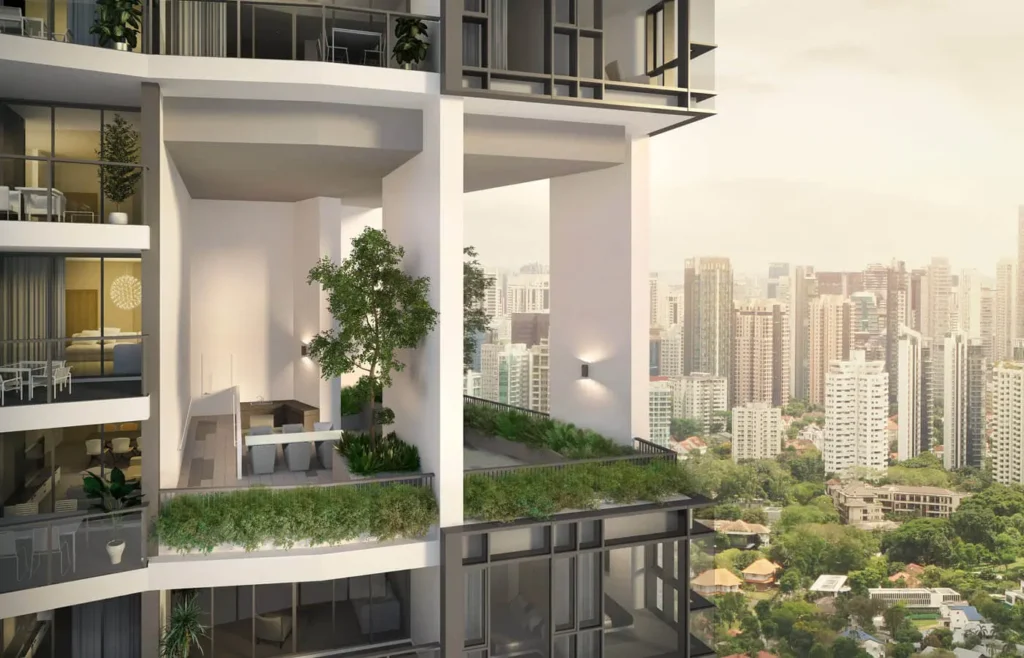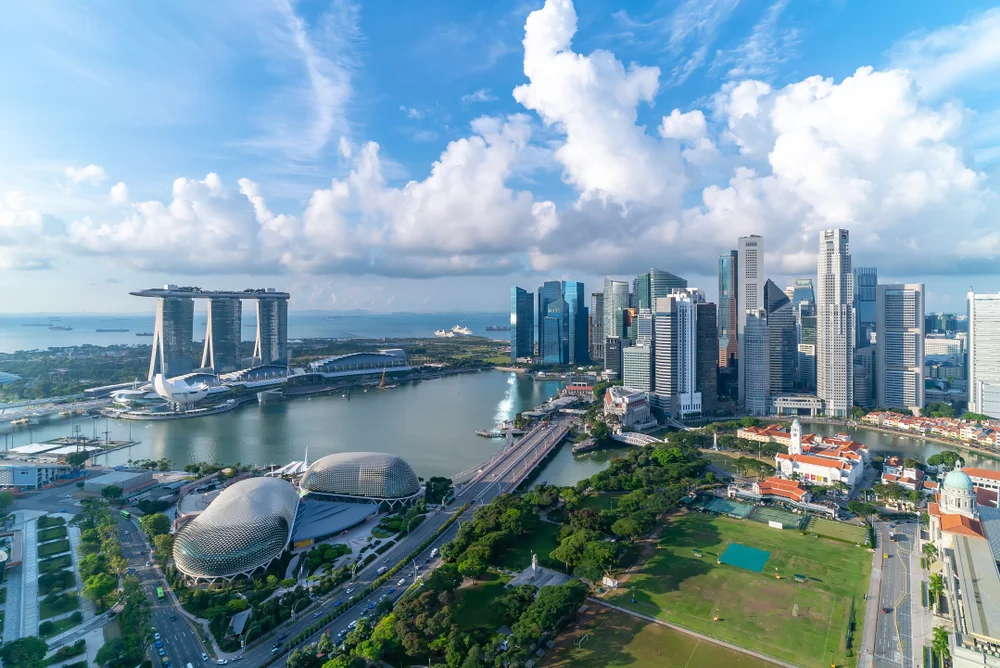In Singapore’s dynamic property market, maximizing rental yields requires a combination of strategic planning, understanding tenant preferences, and effective property management. Whether you’re a seasoned landlord or a new investor, this guide will provide you with actionable strategies to boost your rental income and stay ahead in 2025.
1. Choose the Right Location
Location is the most critical factor in determining rental demand and yields. Here’s how to pick the best areas:


Popular Rental Areas in 2025
- Central Business District (CBD):
- High demand from expatriates and professionals.
- Average rental yield: 3–4%.
- Example: Marina Bay, Raffles Place.
- East Coast:
- Family-friendly neighborhoods with proximity to schools and parks.
- Average rental yield: 2.5–3.5%.
- Example: Katong, Tanjong Rhu.
- West Region:
- Growing demand due to developments like Jurong Lake District.
- Average rental yield: 2.5–3%.
- Example: Jurong East, Clementi.
- North-East Region:
- Affordable options with good connectivity.
- Average rental yield: 2–3%.
- Example: Punggol, Sengkang.
Observation Needed:
- Monitor upcoming infrastructure projects (e.g., new MRT lines, commercial hubs).
- Research tenant demographics in your target area.
2. Upgrade Your Property
Tenants are willing to pay a premium for well-maintained and upgraded properties. Here’s how to make your property stand out:
Key Upgrades for 2025
- Smart Home Features:
- Install smart locks, thermostats, and lighting systems.
- Appeal: Tech-savvy tenants, especially millennials and expats.
- Energy-Efficient Appliances:
- Use energy-efficient air conditioners, refrigerators, and washing machines.
- Appeal: Cost-conscious tenants and eco-friendly renters.
- Modern Interiors:
- Opt for neutral colors, modular furniture, and open-concept layouts.
- Appeal: Broadens tenant appeal and increases perceived value.
- Outdoor Spaces:
- Add balconies, terraces, or rooftop gardens (if applicable).
- Appeal: High demand for properties with outdoor spaces post-pandemic.
Observation Needed:
- Stay updated on interior design trends.
- Compare upgrade costs with potential rental increases.


3. Understand Tenant Preferences
Knowing what tenants want can help you tailor your property to attract higher-paying renters.
Tenant Preferences in 2025
- Flexible Spaces:
- Tenants prefer multi-functional spaces (e.g., home offices, study nooks).
- Tip: Convert spare rooms into flexible workspaces.
- Proximity to Amenities:
- Tenants prioritize properties near MRT stations, supermarkets, and schools.
- Tip: Highlight nearby amenities in your property listing.
- Pet-Friendly Properties:
- With more people owning pets, pet-friendly units are in high demand.
- Tip: Allow pets and include pet-friendly features (e.g., pet doors, wash areas).
- Short-Term Leases:
- Demand for short-term leases is rising among expats and digital nomads.
- Tip: Offer flexible lease terms to attract this market.
Observation Needed:
- Conduct tenant surveys or research market reports to identify emerging preferences.


4. Optimize Rental Pricing
Pricing your property competitively is key to maximizing rental yields.
Strategies for 2025
- Market Research:
- Compare similar properties in your area using platforms like PropertyGuru or 99.co.
- Tip: Set your rent slightly below the market average to attract tenants quickly.
- Seasonal Adjustments:
- Adjust rents based on demand fluctuations (e.g., higher demand during school holidays).
- Tip: Offer incentives like one month’s free rent during low-demand periods.
- Value-Added Services:
- Include utilities, Wi-Fi, or cleaning services in the rent.
- Tip: Charge a premium for these conveniences.
Observation Needed:
- Track rental trends in your area using property portals.
- Monitor vacancy rates and adjust pricing accordingly.
5. Focus on Tenant Retention
Retaining good tenants reduces vacancy periods and turnover costs.
Tips for Tenant Retention
- Responsive Maintenance:
- Address repair requests promptly to keep tenants satisfied.
- Tip: Hire a reliable handyman or property management company.
- Build Relationships:
- Maintain open communication and show appreciation for long-term tenants.
- Tip: Send holiday greetings or small gifts.
- Renewal Incentives:
- Offer rent discounts or upgrades for lease renewals.
- Tip: Highlight the benefits of staying (e.g., no moving costs).
Observation Needed:
- Regularly check in with tenants to address concerns.
- Conduct exit interviews to understand why tenants leave.
6. Leverage Technology for Property Management
Technology can streamline property management and improve tenant satisfaction.
Tools for 2025
- Property Management Software:
- Use platforms like PropertyMeld or Buildium to manage rent collection, maintenance requests, and tenant communication.
- Benefit: Saves time and improves efficiency.
- Virtual Tours:
- Offer virtual tours to attract international tenants or those unable to visit in person.
- Benefit: Expands your tenant pool.
- Online Rent Payment:
- Use platforms like PayNow or Stripe for hassle-free rent collection.
- Benefit: Reduces late payments and improves cash flow.
Observation Needed:
- Stay updated on new property tech trends.
- Invest in tools that align with your property size and needs.
7. Stay Compliant with Regulations
Ensure your property complies with Singapore’s rental regulations to avoid penalties.
Key Regulations in 2025
- Maximum Occupancy:
- HDB flats: Up to 6 unrelated tenants.
- Private properties: Up to 8 unrelated tenants.
- Minimum Rental Period:
- HDB flats: 6 months.
- Private properties: 3 months.
- Short-Term Rentals:
- Short-term rentals (less than 3 months) are illegal for most properties.
- Tip: Stick to legal rental periods to avoid fines.
Observation Needed:
- Regularly review updates from HDB and URA.
- Consult a property lawyer if unsure about regulations.
Maximizing rental yields in Singapore’s competitive property market requires a proactive approach. By choosing the right location, upgrading your property, understanding tenant preferences, and leveraging technology, you can attract high-quality tenants and achieve higher returns. Stay informed about market trends and regulations to ensure long-term success.
Contact Ramesh Real Estate today for expert advice and tailored property management solutions. Let us help you unlock the full potential of your investment!
